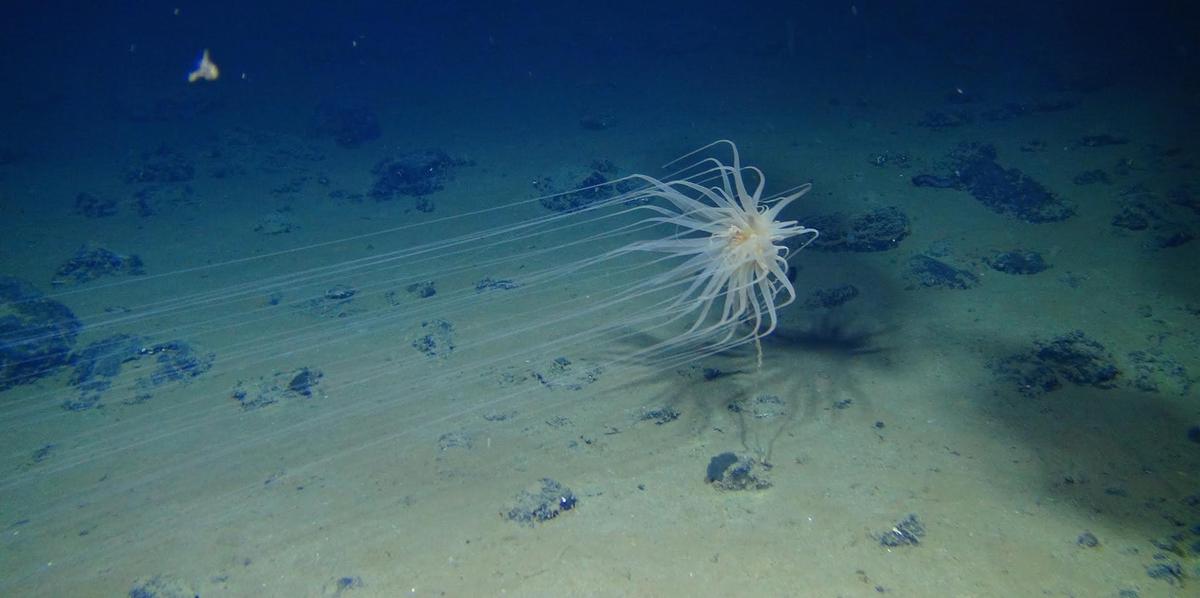Deep-sea mining has been a controversial topic for decades, with concerns about its long-term environmental consequences. A recent study published in Nature has revealed that the impact of deep-sea mining conducted over 40 years ago in the Clarion Clipperton Zone (CCZ) remains evident, highlighting the lasting effects of human intervention in deep-sea ecosystems. This revelation has reignited the debate on whether deep-sea mining should continue and what measures should be taken to mitigate its effects.
The Clarion Clipperton Zone: A Mining Hotspot
The Clarion Clipperton Zone, a vast seabed region between Hawaii and Mexico, has been of particular interest to mining companies due to its rich deposits of polymetallic nodules. These nodules contain valuable metals such as nickel, cobalt, manganese, and copper, which are essential for modern technology and renewable energy production. However, the mining activities in this region have raised environmental concerns due to the fragile nature of deep-sea ecosystems.
Key Findings of the Study
The recent study examined the environmental footprint left by deep-sea mining operations conducted in the CCZ in the 1970s and 1980s. Researchers found that:
Sediment disturbances caused by mining remain visible even after four decades.
The seafloor ecosystem has shown limited recovery, with some larger organisms failing to repopulate the disturbed areas.
Benthic biodiversity, which includes deep-sea organisms living on or near the ocean floor, remains significantly lower in affected areas compared to untouched regions.
The plume of sediment displaced during mining operations has settled over vast areas, affecting nutrient cycles and microbial communities.
Implications for Future Deep-Sea Mining
The findings of this study raise critical questions about the sustainability of deep-sea mining. The slow recovery of the ecosystem suggests that even limited mining activities could have long-lasting consequences. As demand for rare metals increases, nations and mining companies are pushing for exploration and extraction of deep-sea resources. However, without a clear understanding of the ecological repercussions, such activities could lead to irreversible damage to marine biodiversity.
Regulatory and Environmental Considerations
International bodies such as the International Seabed Authority (ISA) are responsible for regulating deep-sea mining. The study’s findings emphasize the need for stricter regulations and long-term monitoring programs to assess the environmental impact before granting new mining licenses. Conservationists argue that alternative solutions, such as recycling existing metals and investing in sustainable land-based mining practices, should be prioritized over deep-sea mining.

